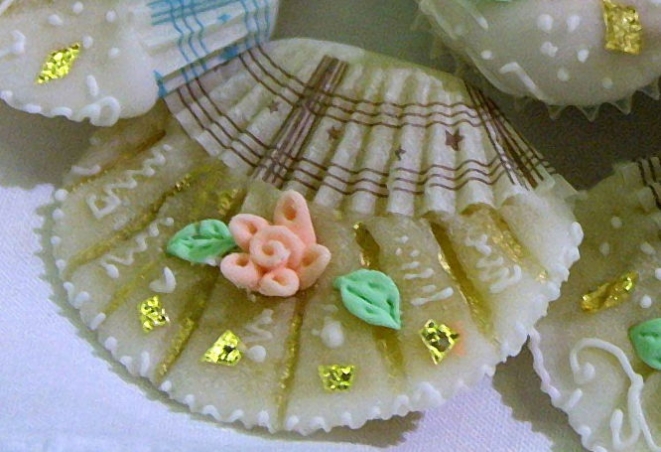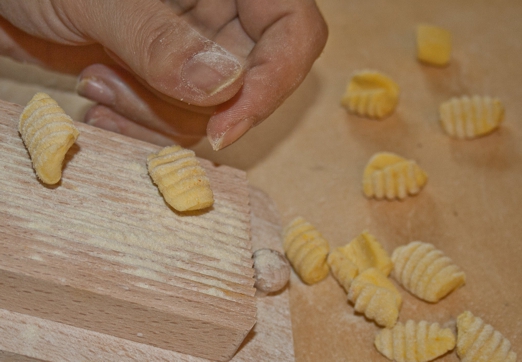Eating in Sardinia
The origins of traditional cuisine
Crossroads of the Mediterranean, frontier between the Islamic and Christian worlds, Sardinia has been for millennia the center of cultural and linguistic exchanges.
As well as in Sardinia it is easy to find influences of other Mediterranean languages, all the same happens about the culinary traditions.
With a varied food heritage, the cuisine prefers strong and tasty flavors, thanks to the excellent quality of raw materials guaranteed by the mild climate.

Many of traditional dishes have been introduced here by people with whom the Sardinians have had trade, but mainly by the dominating peoples, especially the Spaniards, who ruled the island for more than two hundred years.
Of Spanish origin is, the fact, the ghisau (from the Spanish guisado), in certain areas a meat stew with potatoes, in others, however, a wild boar and mutton ragout.
The lepodrida, a soup of meat and beans, cooked in the north of the island, from the Catalan olla podrida, literally rotten pot, a term from which will result the French word potpourri.
The scabecciu, a method of marinating that allows to preserve the frying, in our case that of fish, for a few days, it is quite similar to Spanish escabeche. Still, among the fish dishes, the cassola, that is the fish soup, from Spanish cazuela and Catalan cassola.
Among the first courses the findeus or filindeus of Nuoro, similar to Catalans fideus and Spanish fideos, in turn coming from Arabic fidews, literally hair.
The simbula fritta (fried semolina), the subject of a comforting nursery rhyme that was recited during the maternal absence, says:
|
Me, Me, mama non c'est Ell'aund'est? In sa scalitta E itta est fendi? Simbula fritta E po chin'est? Po s'angionedda Beni, Mariucciu e papasincedda |
Me, me, Mum is not home Where is she? In the ladder And what is she doing? Fried semolina And for who is it? For the ewe lamby Come, Mariucciu, and eat it at her |
Consolatory, especially because it promises a dish, simple but tasty and filling.
Cooked, in its simplest version, with semolina and lard, it is very similar to the Spanish sopa de semola.

As for the desserts there are the guefus, Sardinian transposition of the huevos de faltriquera, cakes of almond paste scented with orange blossom water and the pirichittus, namely periquillos, Galician carnival cookies. Also the carapigna, traditional sorbet from Gennargentu, comes from the Spanish garapiña.
Probably imported from Portugal are is suppas doradas. Slices of stale bread soaked in milk, turned in beaten egg, then fried and sugared, similar to the Lusitanian fatias douradas.
Instead, from Genoa comes the burrida, the marinated dogfish flavored with vinegar and walnuts, and so are the gianchettus, whitebait: juvenile fry sardines fried in batter.
From Piedmont are the coiettas, meat and bacon dumplings wrapped in a cabbage leaf, as well as the angiulottus corresponding to the agnolòt that is ravioli stuffed with meat.
Of Arab origin, in addition to filindeu, we find the cous-cous, called succu or, in Carloforte, cascà and the musciumari, salted and dried tuna meat, which comes from the Arabic word "sama" that means to dry.
In addition to external contamination, Sardinia offers a wealth of autochthonous food characterized by intense flavors that we find also in the less elaborated dishes, thanks to the freshness of the products that only the short chain can guarantee.